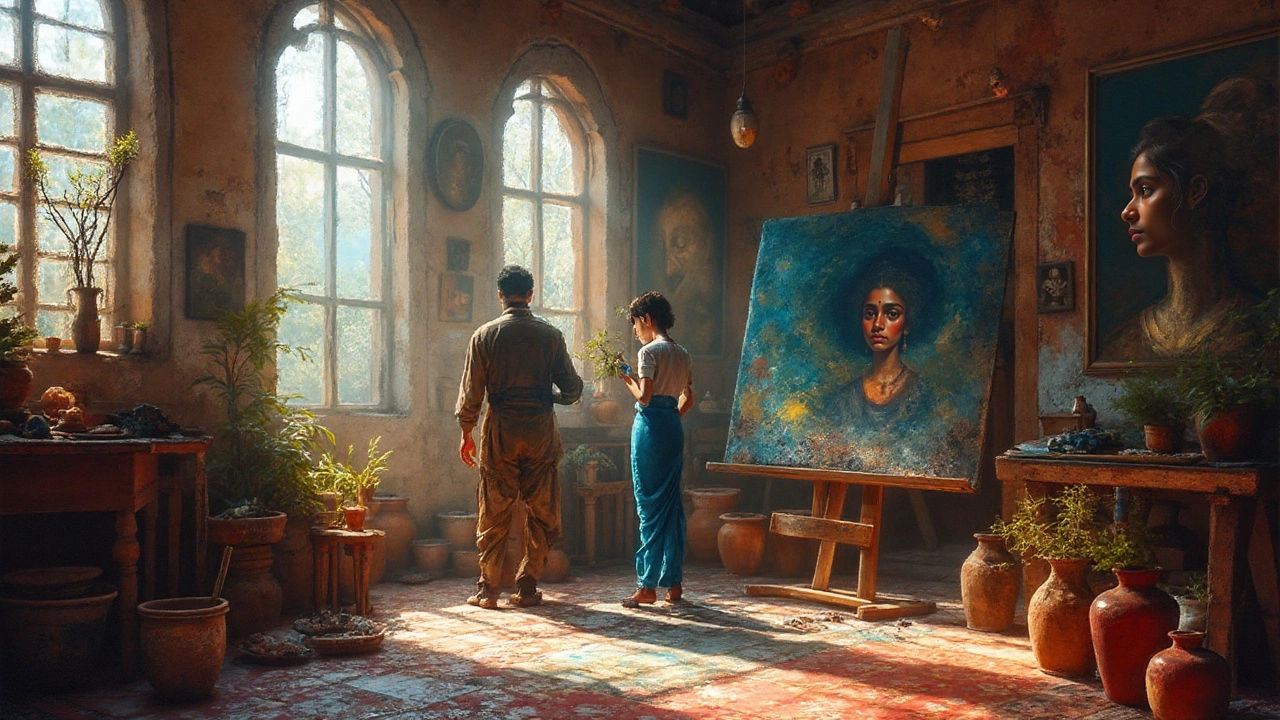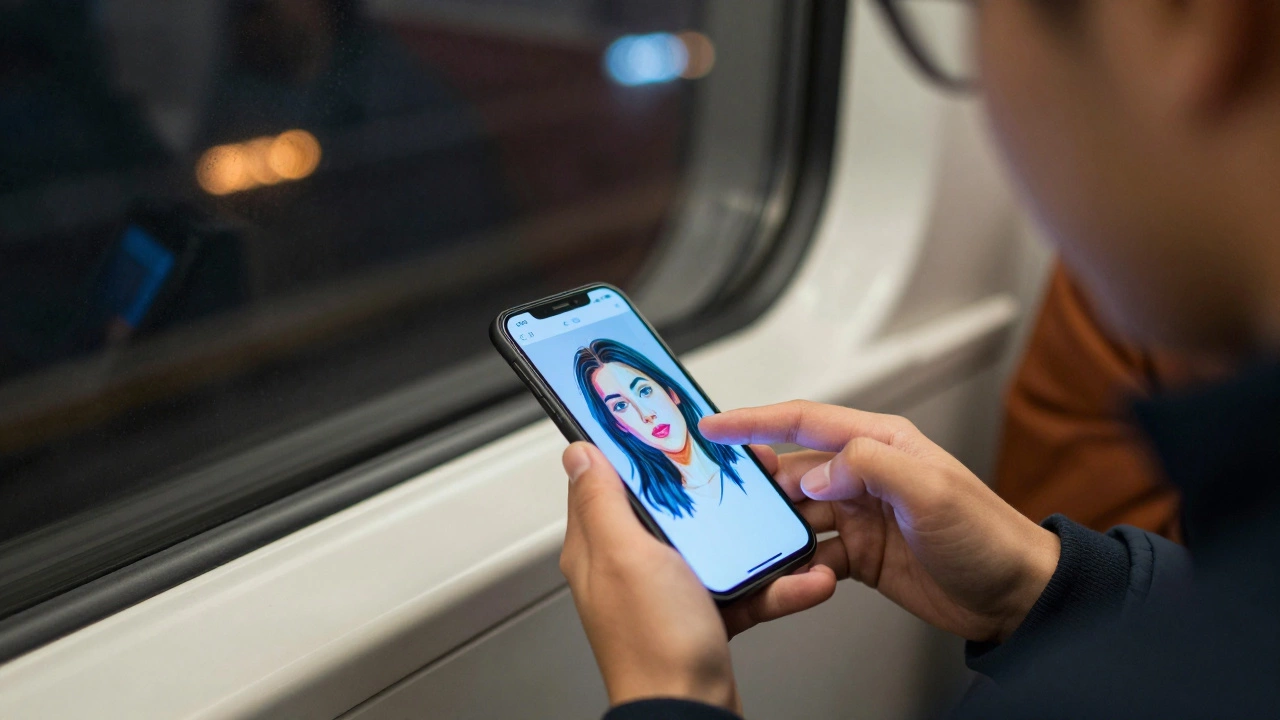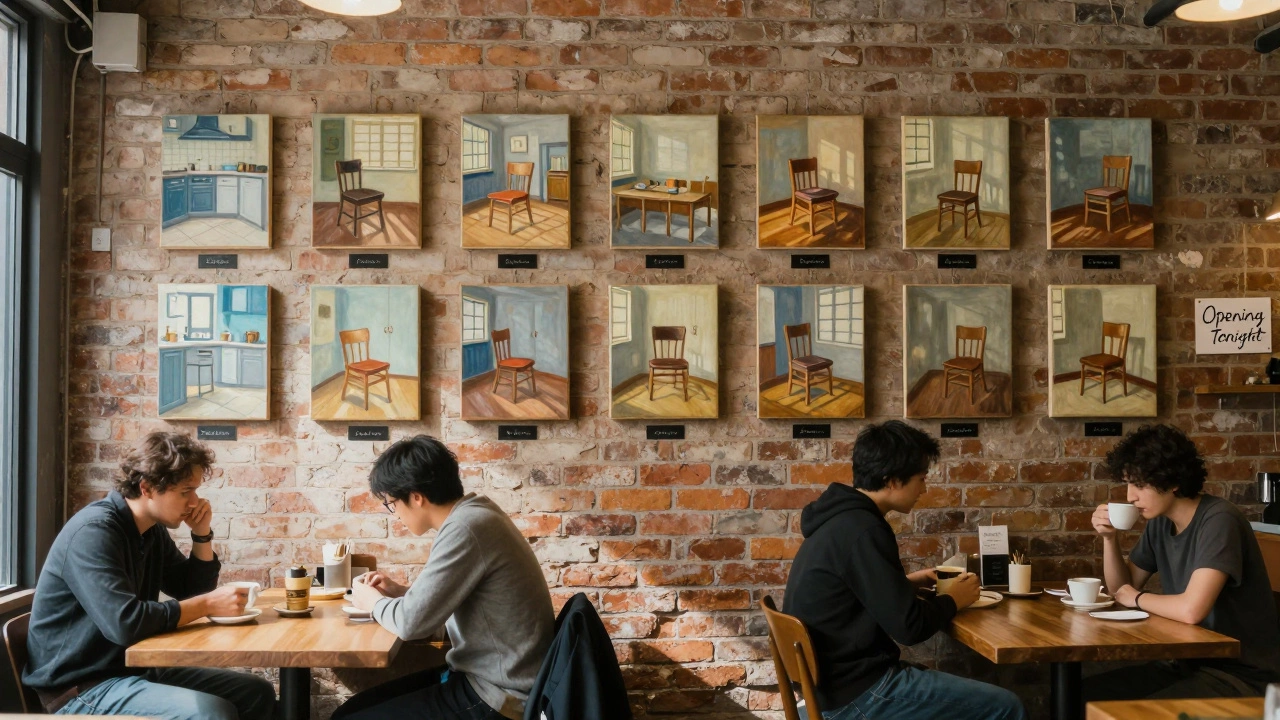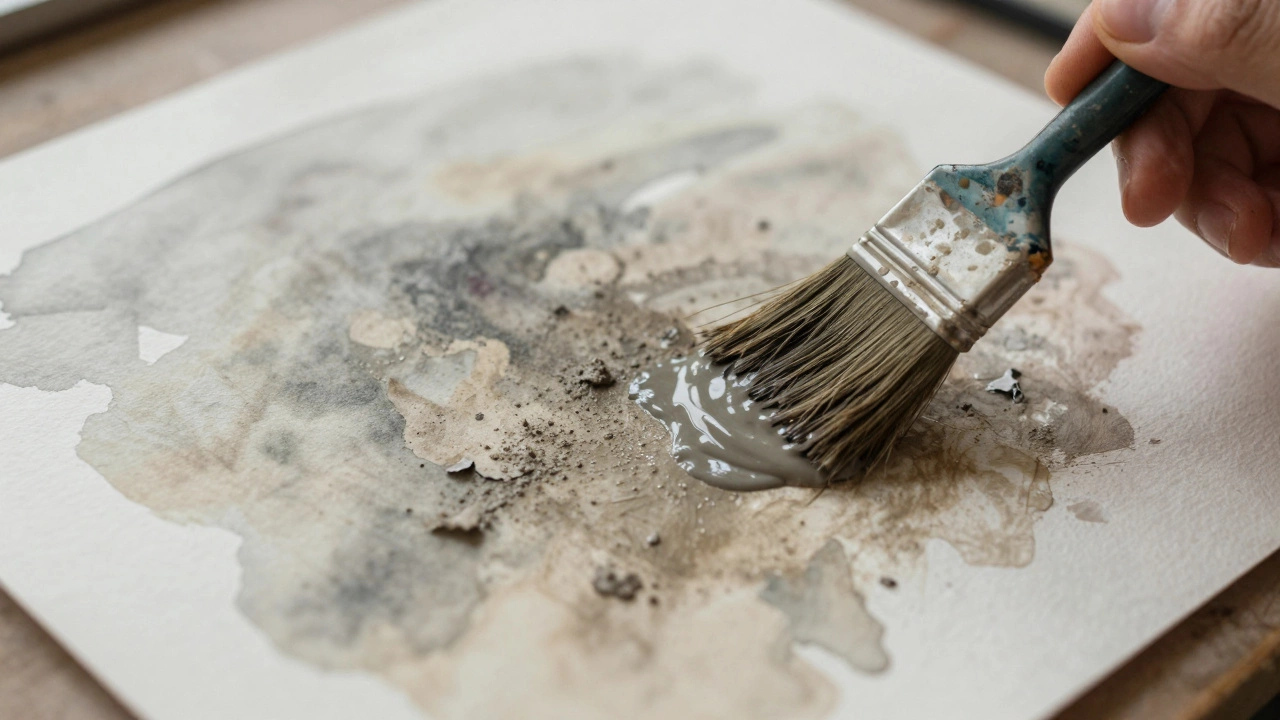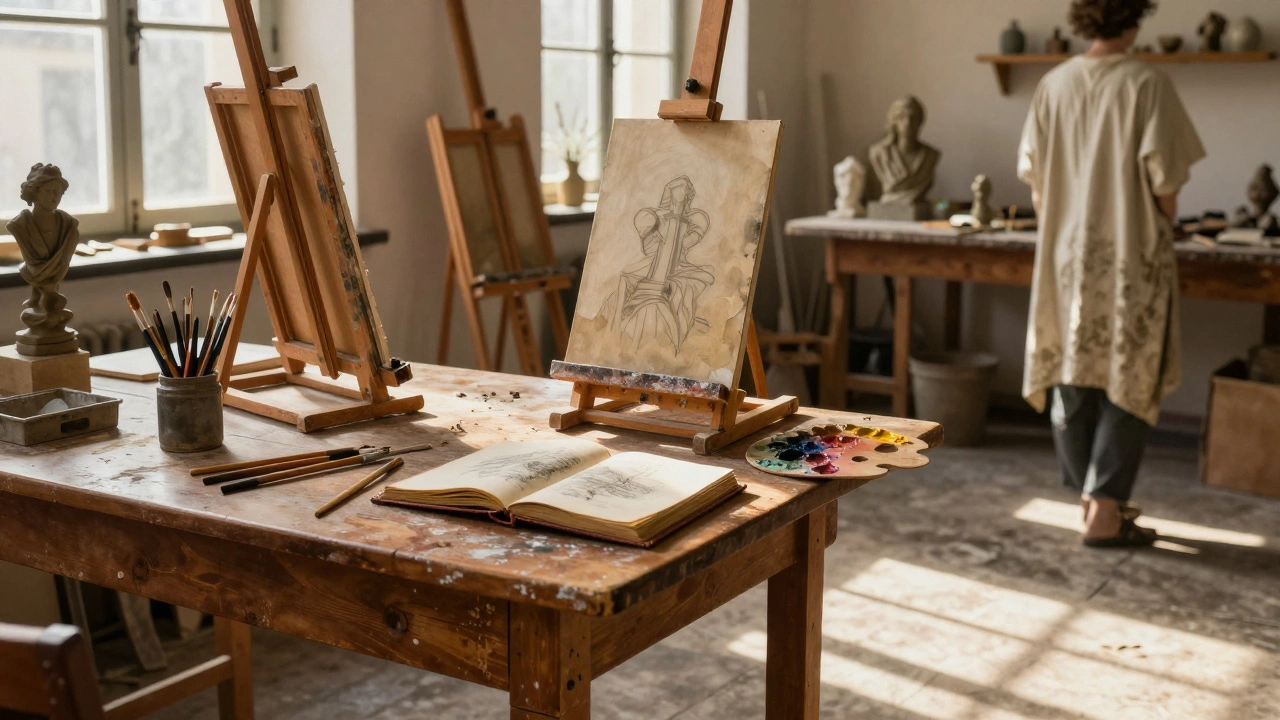Nothing about painting is quite as edgy or quietly dramatic as the work of Francisco Goya. His images can make your skin crawl, your heart ache, or your jaw drop. But what’s hiding in his brushwork? It isn’t popularized paint recipes or studio hacks you see on TikTok. No, the “Goya technique” is almost a myth among art obsessives—misunderstood, rarely taught, and way more than just a method. Want to know how he got those compelling shadows and luminous faces? Let’s peel back the layers—quite literally.
Breaking Down the Goya Technique: Methods, Myths, and Magic
At the heart of the Goya technique is versatility. Francisco Goya worked during the late 18th and early 19th century, just as the old ways of painting were clashing with the fresh chaos of Romanticism. And Goya himself was a test pilot for both worlds.
Goya’s early works were very rooted in the Spanish Rococo, echoing the techniques of his mentor, Anton Raphael Mengs. Yet, once you look at his later works—the Black Paintings or even the haunting portraits—his technique spins right off the rails of tradition. He shifted styles frequently and wasn’t precious about the rules. Yes, he started around the same time oil painting was queen, but he didn’t shy from pastels, chalk, and even fresco.
The real “Goya technique” boils down to a few core strategies:
- Underpainting for drama: He used dark, almost gloomy underpaintings. Instead of layering his lights on white, Goya built up out of shadow, so faces and forms seemed to glow out of blackness.
- Loose glazes: Goya often tossed aside precision for emotion. His glazes were rapidly built up, but not so carefully blended as his teacher's—edges blur just before your eyes settle in. This keeps viewers on their toes, letting the brain fill in details.
- Economy of brushwork: Later in life, Goya’s strokes became wild, scratchy, or bluntly loaded with thick paint. You see this a lot in the Black Paintings, where he grabbed fat brushes and slammed paint onto already-dark grounds. Look closely at "Saturn Devouring His Son"—the hands are almost smeared, yet they punch harder than hours of careful realism ever could.
- Direct painting, alla prima style: While 18th-century painters loved slow-drying, built-up techniques, Goya sometimes painted wet-into-wet, pushing pigments into one another in quick sessions. This let him finish portraits in a single sitting—a fact bragged about by his patrons.
- Experimental materials: Goya was not picky. He’d combine chalk, pencil, pastel, and ink. On his murals and Black Paintings, he worked directly on the wall—not worrying much about longevity, which is why those paintings have suffered.
Here’s the thing: We don’t know every single material he used. There are “recipes” floating around, but even restorers at the Prado Museum admit Goya mixed invention with chaos. In the famous “Maja” paintings, there’s lead white, powdered charcoal, and something called ‘dragon’s blood’ (a red sap used as a pigment!).
What’s left is a fingerprint—something you spot more by mood and brush speed than in a textbook recipe. If you’re chasing the *secret sauce*, it’s basically this: don’t be afraid to break the rules. For Goya, raw emotion trumped click-perfect technique every time.
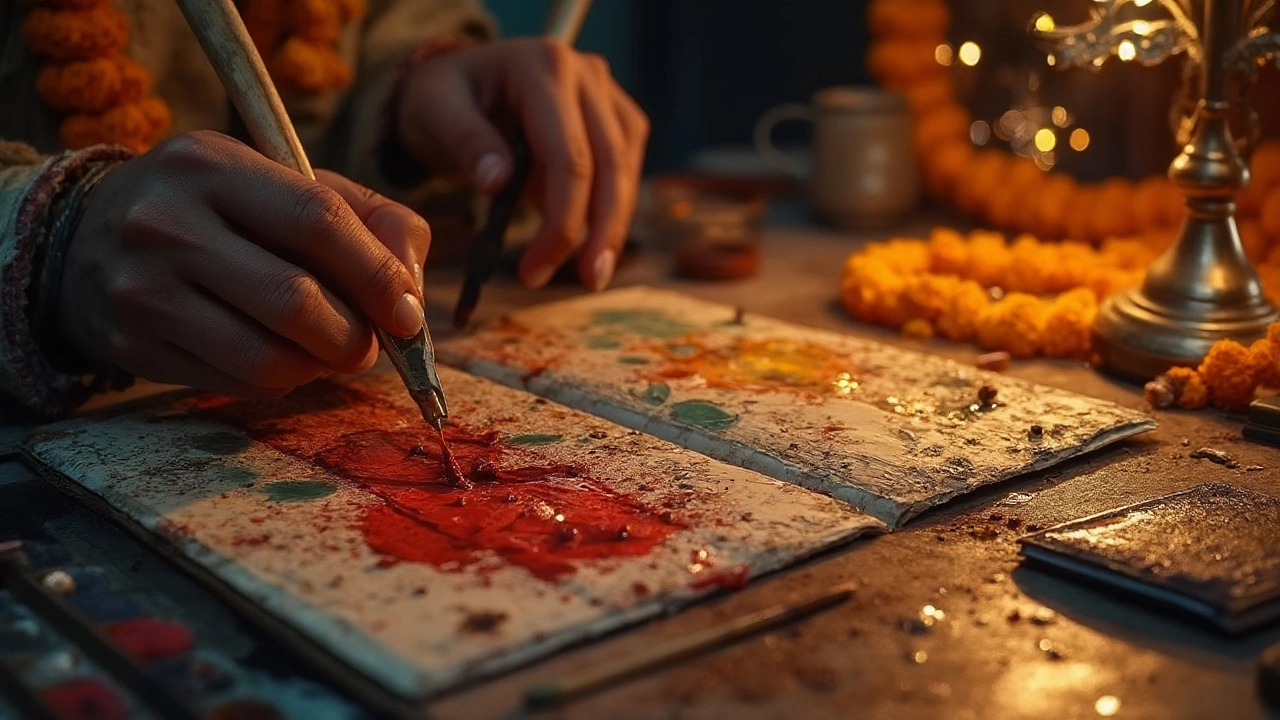
How to Adapt the Goya Technique in Modern Painting
If you’re itching to bring some of Goya’s spark into your own painting, good news: His methods, though oddly mysterious, work great in contemporary studios. Whether you love acrylics or stick with oils, the principles stick.
The first and easiest step is starting on a dark ground. Instead of prepping your canvas with plain white gesso, tint it with a warm brown, deep grey, or even black—lean more toward burnt umber, like Goya probably did. The effect? Everything you paint feels moodier and the highlights you add later pop like crazy compared to traditional white grounds.
Next is Goya’s “building out of shadow” method. Block in the darkest shadows loosely. Don’t stress about edges—let them go fuzzy. Then, start brushing in the lighter areas using soft, thin layers. He used stronger paint for the highlights, letting them shine above all, especially on faces and hands. If you watch how light shapes a face at dusk, that’s almost the Goya look.
When you blend, keep it casual. Goya rarely obsessed with invisible transitions. Instead, he let the eye finish the job, mixing brush-blended skin tones with visible, bristle-marked light. Sometimes, grab a dry brush and drag it over semi-wet paint for that scratchy, broken effect you see in his later works. Or try what Goya did in his Black Paintings—wipe down paint with a rag to blend whole sections in a few swipes.
Don’t be afraid to experiment with mixed media. For a drawing, mix ink with chalk; for a painting, weave in pastels or pencil marks before sealing a layer with oil or acrylic. You’re not bound to archival purity—remember, Goya was thinking about the moment, not the centuries.
And here’s one wild fact: Goya wrote in his letters that he would often finish a fully commissioned portrait in one afternoon if the model sat still and he got “the right feeling.” Rapid, powerful portrait painting is a lost art these days, but you can absolutely try it. The trick? Work into wet paint before it dries, letting your brushstrokes overlap and blend on your surface. Go for character, not photographic finish. The result will feel alive, and a bit dangerous.
If you want a little structure, here’s a quick process to bring out your inner Goya:
- Prime the surface with a dark or mid-tone color (burnt umber, Payne’s grey, or even reddish-black).
- Block in the darkest areas using thin, loose paint.
- Paint the midtones, letting your brush skip or drag to preserve some dark ground.
- Add bright highlights boldly with thicker, almost impasto paint—Goya often did this with a palette knife or blunt brush.
- Keep edges sharp where the light hits and diffuse elsewhere.
- Finish in one or two sittings if possible—the freshness matters more than the polish.
Goya was always about action, energy, and feeling. Don’t obsess over museum-perfect finish. Instead, shoot for mood and punch. And if your painting seems a little gritty or wild? Congratulations, you’re on the right track.
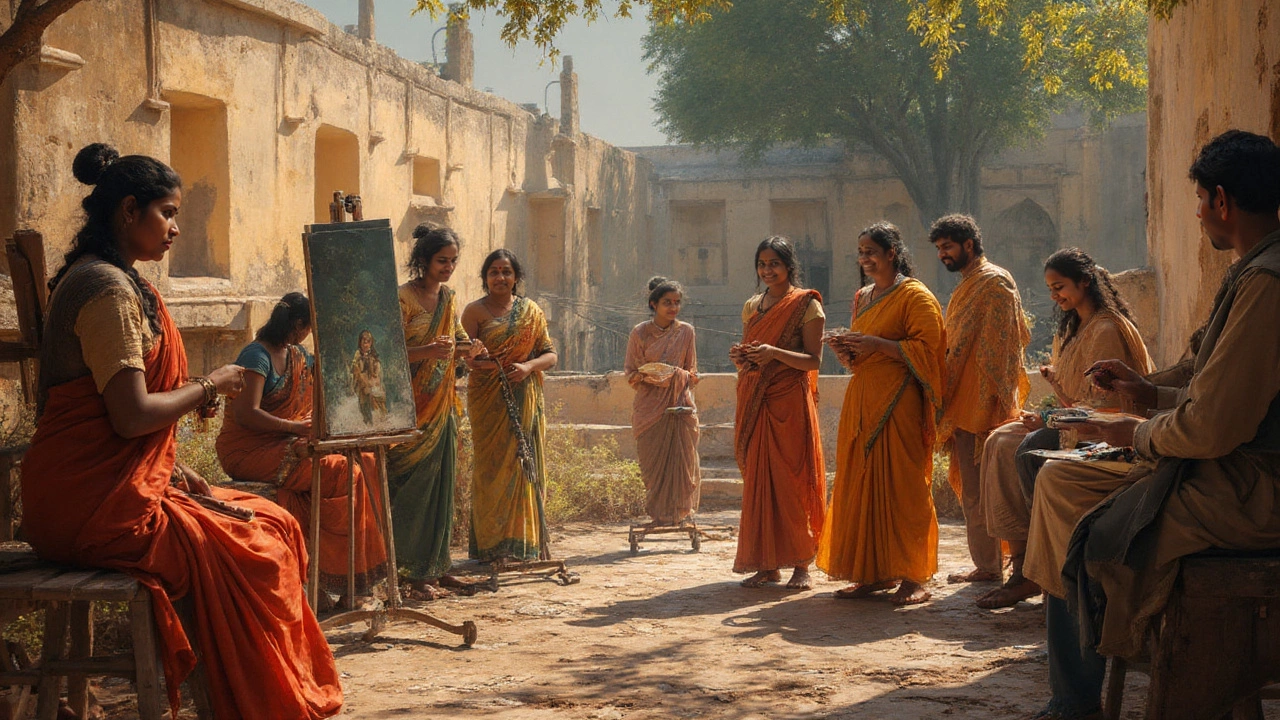
Why Artists Still Obsess Over the Goya Technique
Even two centuries after his big works, artists and art students trip over themselves to crack the Goya code. Why? Because his paintings don’t just sit there looking pretty. They simmer with tension and truth. He painted the Spanish royal family in a way that showed every flaw—giant noses, tired eyes, awkward expressions—yet also made them larger than life. In “The Third of May 1808,” you can practically feel the terror of the peasants; in the “Black Paintings,” the howling faces stick with you for weeks.
In fact, the Spanish painter Eduardo Arroyo once called Goya “the first modern artist” because he painted what he saw and felt, not just what was expected. No wonder Goya’s technique is studied by fans of portraits, abstraction, and even horror art today.
Curious about facts? Here’s a quirky one: Scientists studying “Saturn Devouring His Son” found Goya used both traditional oils and house-painter’s materials he scrounged from his villa in Madrid. That’s next-level DIY. In other cases, he scratched wet paint with sharp tools to add hair and texture—basically inventing effects way ahead of his time.
The biggest tip for anyone studying Goya’s ways is to forget about copying every mark. Instead, pay attention to his intention. If you’re painting, ask yourself: Am I showing what I actually see and feel? Or am I just painting what’s safe or expected?
Try visiting the Museo del Prado in Madrid and see his works in person. The skin on his subjects glows because he layered cool colors under warm ones, or pale reds under soft greens, then glazed over. On the flip side, the infamous Black Paintings were done straight onto the wall, which caused them to crust and fade but also trapped the energy of Goya’s brushstrokes forever.
Today, art teachers around the world urge students to try the Goya technique—not just because it produces powerful paintings, but because it’s a shortcut to learning confidence and problem-solving in art. When you loosen up, toss in darks first, and build with wild, bold colors and marks, you learn to trust your hand and follow your instincts. It’s not about perfection; it’s about honesty and impact.
So if you’re hoping to tackle the Goya technique, remember: The only rule is feeling more than flawless finish. Grab your darkest paints, mix your mediums, and don’t be afraid to shock yourself. The real Goya spirit isn’t just a how-to—it’s a dare.
